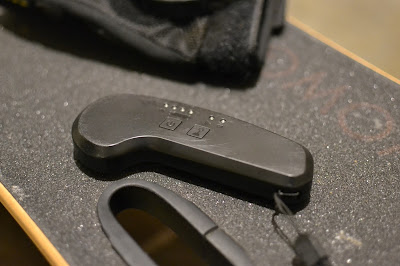Detailed Breakdown of the Nerf Hammershot

The Nerf Hammershot is a five round revolver released in 2013 as part of the Zombiestrike line. Notably, it was the first Nerf blaster to use a hammer cocking system, which allowed it to be primed with only one hand. There were other single handed priming mechanisms used in the past, such as the trigger pull mechanism used on the Dart Tag Snapfire, but the hammer prime allowed for much more power and greater springloads, while having one of the best triggers in the business. Three new colorways were released in 2020 as Amazon exclusives, and I picked up the "Caution" colorway during a sale. Here we will be taking a deep dive at the internals, with detailed notes and disassembly instructions. Plenty of reference photos will be provided along the way. Disassembly Disassembly starts with first removing nine screws on the shell, labelled below. The screws are the same throughout the exterior of the blaster. The nine screws holding the bottom shell together Once that's been ...



